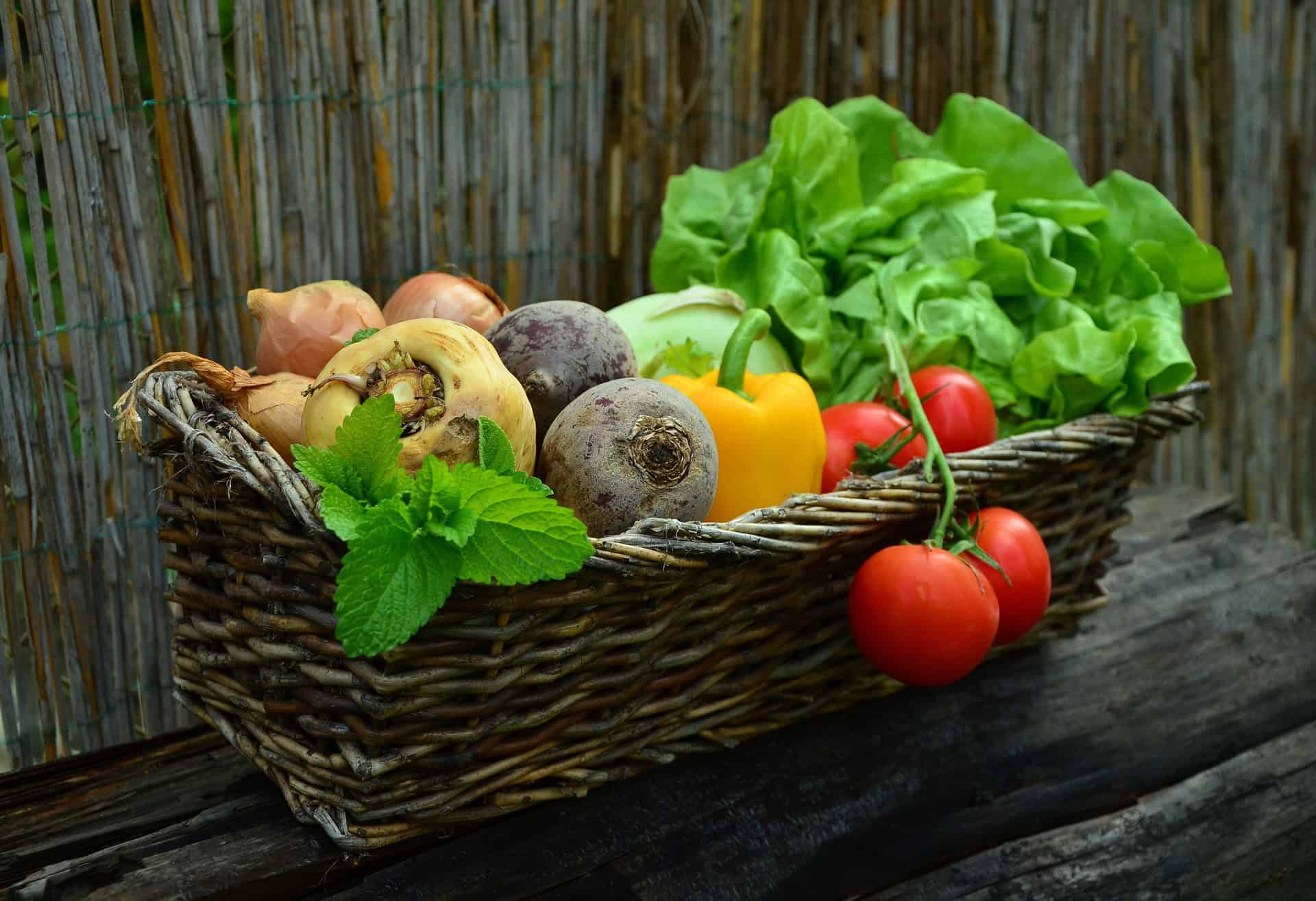Preserving Fresh Produce – Ancient Techniques for Long-Term Storage explores the fascinating world of historical food preservation techniques. From the indigenous peoples of Australia burying food in the ground to the Incas freezing and sun-drying potatoes, these ancient methods have stood the test of time.
This article dives into the world of root cellars, which provide the perfect conditions for storing fruit and vegetables for extended periods. Whether you have a traditional root cellar or need to get creative with makeshift options, this article offers tips and tricks for preserving your produce without a fridge.
Key Takeaways
- Indigenous peoples of Australia used burial techniques to preserve food over 40,000 years ago.
- The Incas developed chuños, a method of freezing and sun-drying potatoes, in the 17th century.
- Walk-in root cellars became popular in England during the 17th century for long-term food storage without the need for energy.
- Root cellars can be built in basements or as separate structures and create optimal conditions for preserving fruit and vegetables.

Historical Food Preservation Techniques
Indigenous peoples of Australia buried food in the ground over 40,000 years ago as a historical food preservation technique. They understood the importance of preserving their food for future use, especially in times of scarcity. By burying food in cool and dry environments, they were able to prevent spoilage and extend the shelf life of their provisions.
This method allowed them to have access to a stable food supply, ensuring their survival in challenging conditions. The knowledge and practice of this ancient preservation technique have been passed down through generations, creating a sense of belonging and cultural identity among the Indigenous communities of Australia.
Today, this traditional method continues to be celebrated and respected as a testament to the ingenuity and resourcefulness of these indigenous peoples.
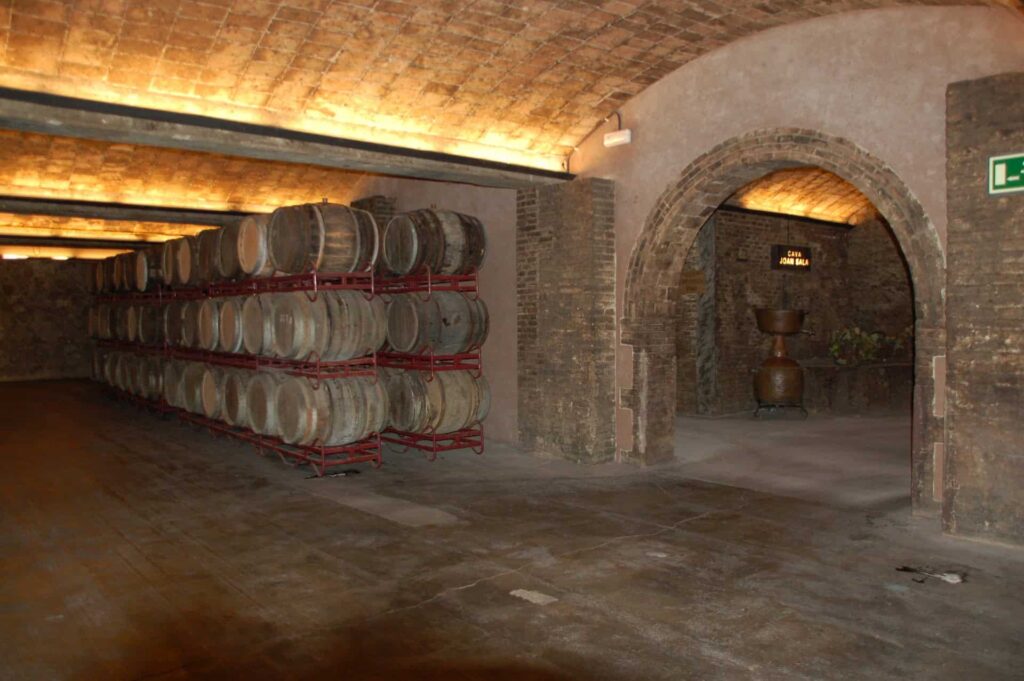
Root Cellars
Root cellars are underground rooms that provide the ideal conditions for preserving fruits and vegetables. They offer a sense of belonging to those who desire a connection to the past and a sustainable way of life.
These hidden sanctuaries maintain the perfect temperature, humidity, and ventilation required for long-term food storage without the need for energy. Root cellars can be built in basements or as separate structures, offering a variety of options to suit different needs.
Whether it’s a trash can cellar, a barrel root cellar, or a make-shift storage space, these underground rooms provide a haven for produce. With the right storage methods, fruits and vegetables can be stored for extended periods, ensuring a continuous supply of fresh and nutritious food throughout the year.
Types of Root Cellars
Root cellars are traditional structures used to store fresh produce, preserving it through natural refrigeration. Here are some common types of root cellars:
1. Walk-in Root Cellars
These are large, room-sized cellars that allow you to walk in. They are usually built underground or partially underground to take advantage of the earth’s natural insulating properties.
2. Basement Root Cellars
These are sections of a home’s basement designated for food storage. They often include added insulation and ventilation to maintain the necessary cool and humid conditions.
3. Pit Root Cellars
A simpler and more basic type, pit root cellars are essentially holes dug into the ground, sometimes lined with straw or other materials to insulate the produce.
4. Barrel Root Cellars
These involve burying a barrel or similar container in the ground. The top is left accessible, often covered with a lid or hatch for easy access.
5. Culvert Root Cellars
Made from large concrete or metal culverts buried in the ground, these cellars can be an efficient way to create a larger storage space without significant construction.
6. Trash Can Root Cellars
An easy and inexpensive option, these involve using a metal or plastic trash can buried in the ground. Holes are drilled for ventilation, and the lid remains above ground for access.
7. Natural Rock Root Cellars
These make use of natural cave formations or rock outcroppings. The cooling properties of the rock help maintain stable temperatures.
8. Above-ground Root Cellars
Though less common, these can be built above ground with heavy insulation and proper ventilation to mimic the conditions of underground cellars.
Each type of root cellar has its benefits depending on the climate, available space, and specific needs for food storage.
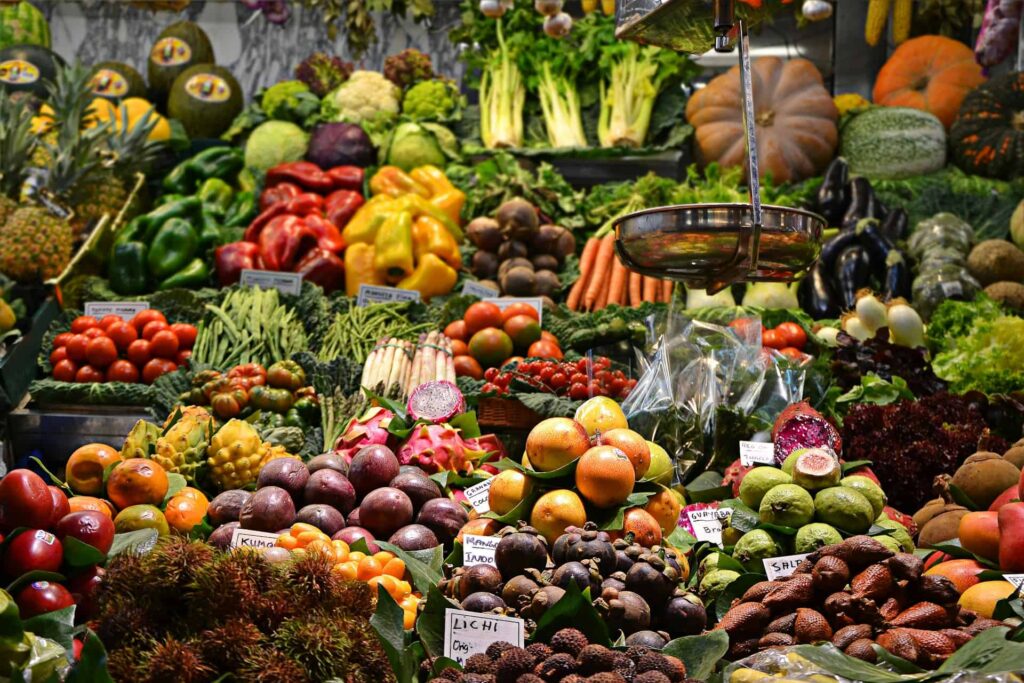
Tips for Storing Fruit and Vegetables Without a Fridge
To effectively store fruit and vegetables without a fridge, one should avoid washing the produce before storing it. This helps to prevent moisture buildup, which can cause spoilage. Instead, the produce should be stored in a cool, dry place with good air circulation. A root cellar is an ideal storage option for long-term preservation of fruits and vegetables. Root cellars provide the necessary temperature and humidity levels to keep produce fresh for extended periods of time.
Here is a table highlighting some specific storage methods for different types of produce:
| Type of Produce | Storage Method |
|---|---|
| Root Vegetables | Store in a cool, dark place |
| Leafy Vegetables | Wrap in damp paper towels |
| Potatoes | Keep in a cool, dry place |
| Winter Squash | Store in a cool, well-ventilated area |
| Onions | Hang in a cool, dry place |
| Apples | Store separately due to gas release |
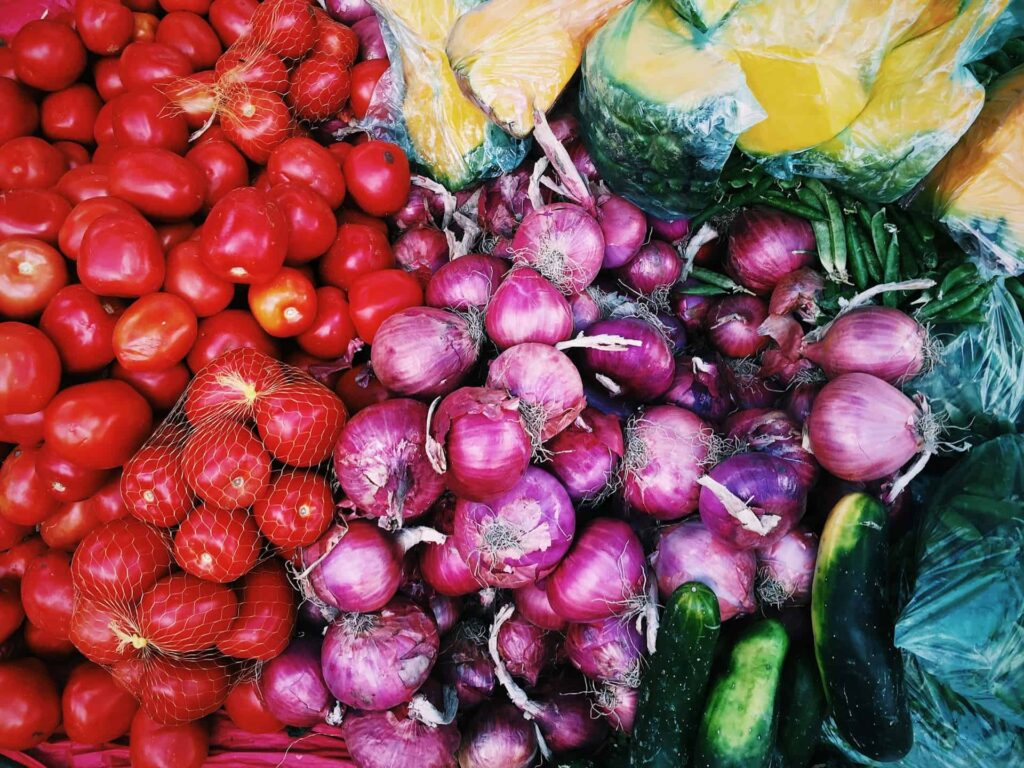
Storing Root Vegetables
Carrots, celeriac, garlic, leeks, and onions require specific methods for storing and maintaining their freshness. To preserve these root vegetables and ensure their long-term storage, it is important to follow certain guidelines:
Temperature and humidity control:
- Store root vegetables in a cool, dark place with a temperature between 32 and 50 degrees Fahrenheit.
- Maintain high humidity levels (85-95 percent) to prevent dehydration and maintain their crispness.
Proper storage techniques:
- Remove any green tops from root vegetables such as carrots and leeks before storing to prevent moisture loss.
- Store onions and garlic in a well-ventilated area to prevent them from sprouting or rotting.
By following these specific storage methods, individuals can ensure that their root vegetables remain fresh and flavorful for an extended period.
This knowledge provides a sense of belonging to a community that values sustainable living and self-sufficiency.
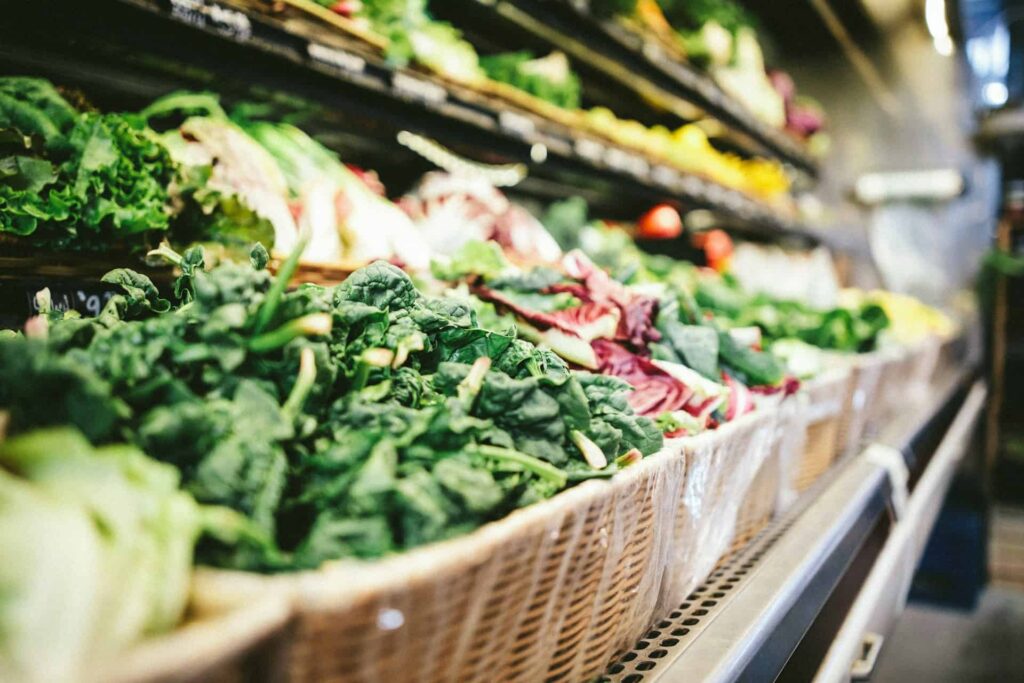
Storing Leafy Vegetables
After exploring the techniques for storing root vegetables, let’s now delve into the methods for storing leafy vegetables.
Leafy vegetables such as cabbage, cauliflower, celery, parsnips, and turnips require specific storage methods to ensure their freshness and longevity.
For cabbage, it can withstand light frost and prefers cooler temperatures with high humidity.
Cauliflower also thrives in cool temperatures and benefits from high humidity.
Celery should be wrapped in aluminum foil before being placed in the refrigerator to retain its crispness.
As for parsnips, they can be stored in the ground with added mulch for protection against frost.
Turnips, on the other hand, should be stored in a cool, dark place.
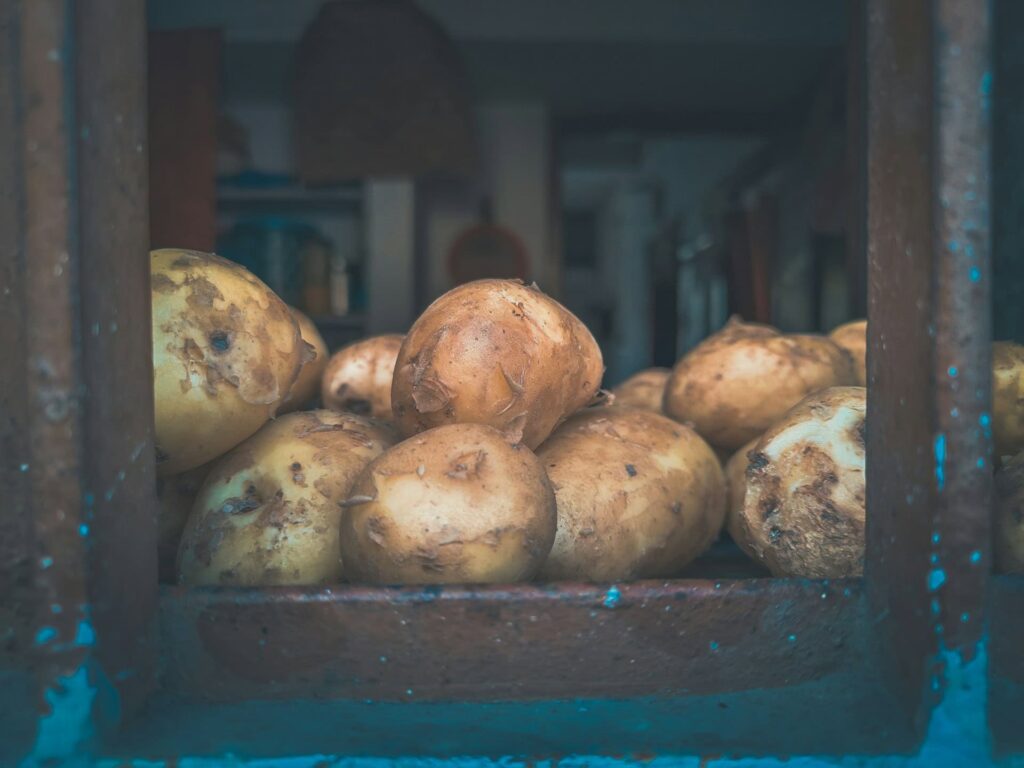
Storing Potatoes
Potatoes can be stored in a root cellar with the right temperature, humidity, and ventilation to ensure their freshness.
Here are some tips for storing potatoes in a root cellar:
- Temperature: The ideal temperature for storing potatoes is between 32 and 50 degrees Fahrenheit. This cool temperature helps to slow down the sprouting process and prevents them from rotting.
- Humidity: Potatoes need high humidity levels for optimal storage. Aim for humidity levels between 85-95 percent to keep them from drying out.
- Ventilation: Proper ventilation is essential to prevent the build-up of moisture and odors in the root cellar. Make sure there is enough airflow to keep the potatoes fresh.
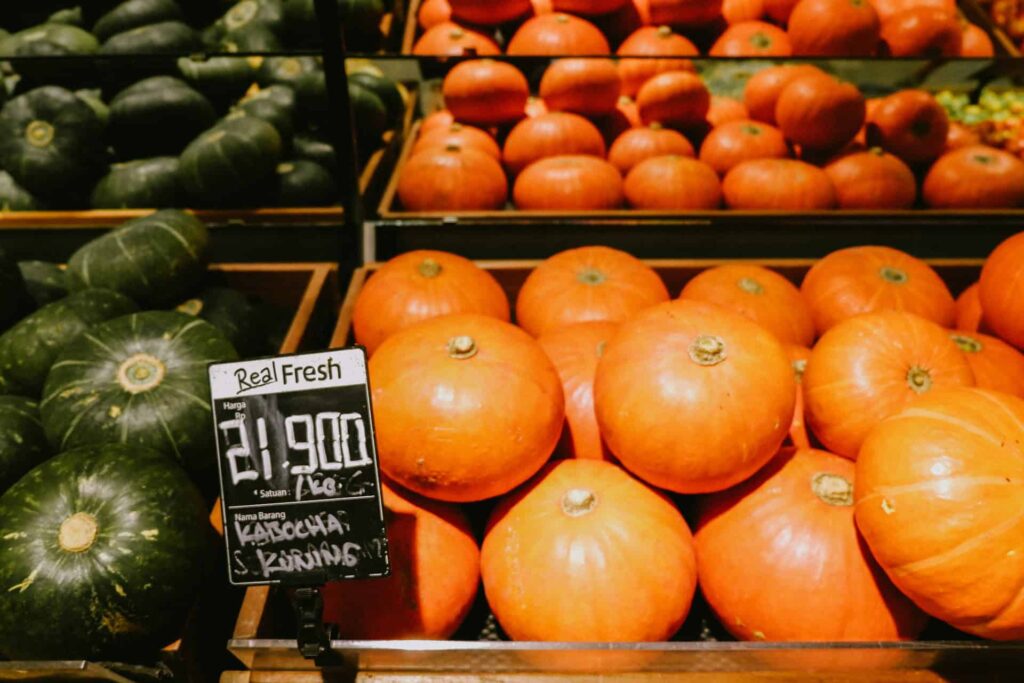
Storing Winter Squash and Pumpkins
Storing winter squash and pumpkins in a root cellar requires specific guidelines to ensure their longevity. These guidelines are essential for those who desire to preserve their produce and feel a sense of belonging to a tradition of ancient food preservation techniques.
To begin, it’s important to harvest the squash and pumpkins when they’re fully mature but before the first frost. Once harvested, they should be cured in a warm and dry area for about a week to toughen their skin.
After curing, they can be stored in a root cellar with a temperature between 50 and 55 degrees Fahrenheit and a humidity level of around 50 to 75 percent. It’s also important to regularly check the produce for any signs of spoilage and remove any damaged ones to prevent the spread of decay.

General Tips and Tricks
After learning about the specific storage methods for winter squash and pumpkins, it’s important to know some general tips and tricks for preserving other types of produce. These tips will help ensure that your onions, leeks, potatoes, and sweet potatoes stay fresh for longer periods of time.
Here are some general tips and tricks to keep in mind:
- Store onions and leeks in a cool, dry place with good air circulation.
- Avoid storing onions and leeks near potatoes, as they can cause each other to spoil faster.
- Place potatoes in a dark, cool location with low humidity to prevent sprouting.
- Sweet potatoes should be stored in a well-ventilated area, away from direct sunlight.
- To extend the shelf life of sweet potatoes, avoid washing them until you are ready to use them.
Bottom Line
preserving fresh produce using ancient techniques for long-term storage is not only a practical solution but also a way to connect with our ancestors.
Through historical food preservation techniques like root cellars, we can ensure that our fruits and vegetables stay fresh and delicious for extended periods.
With the right knowledge and a little creativity, anyone can successfully store their produce without the need for refrigeration.
So, let’s embrace these ancient methods and enjoy the benefits of having fresh produce all year round.

